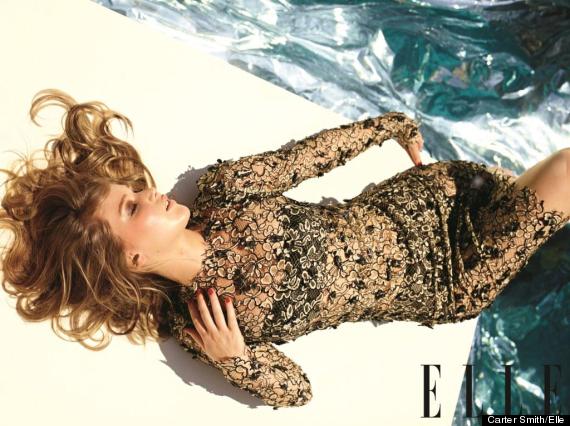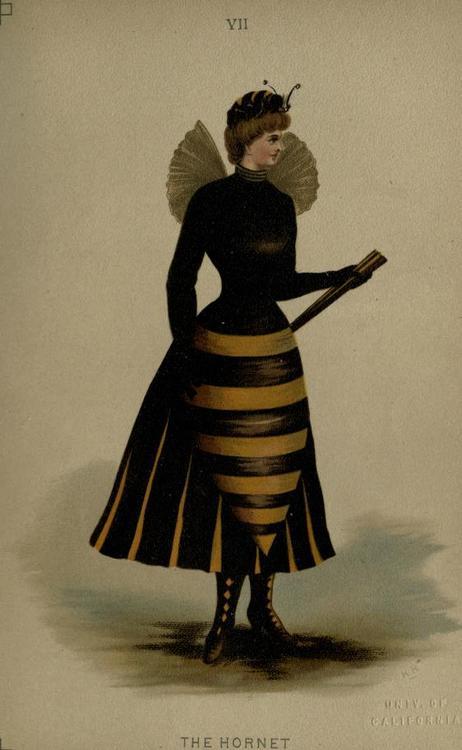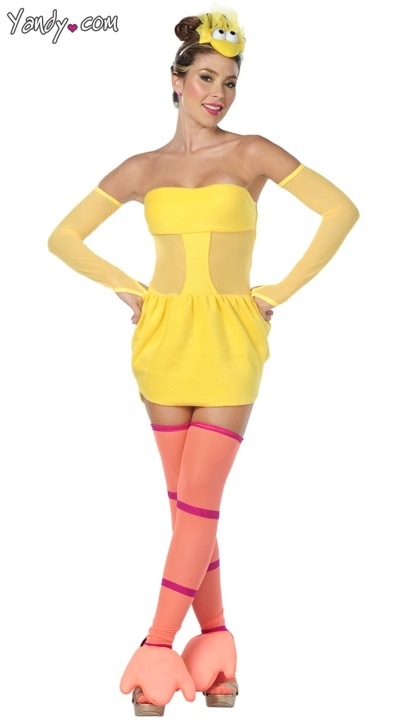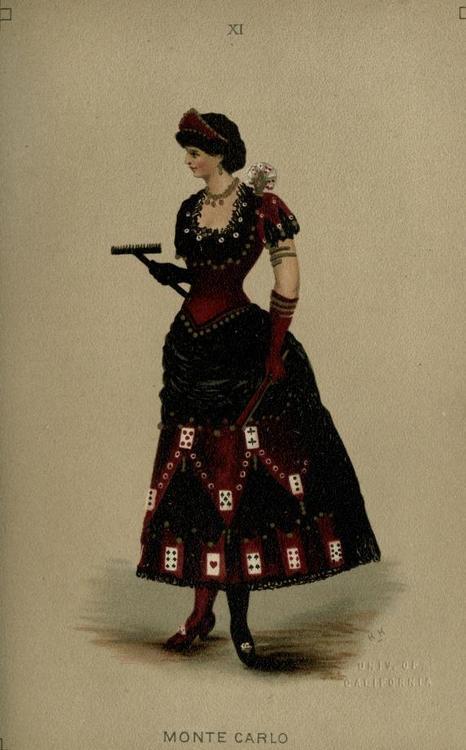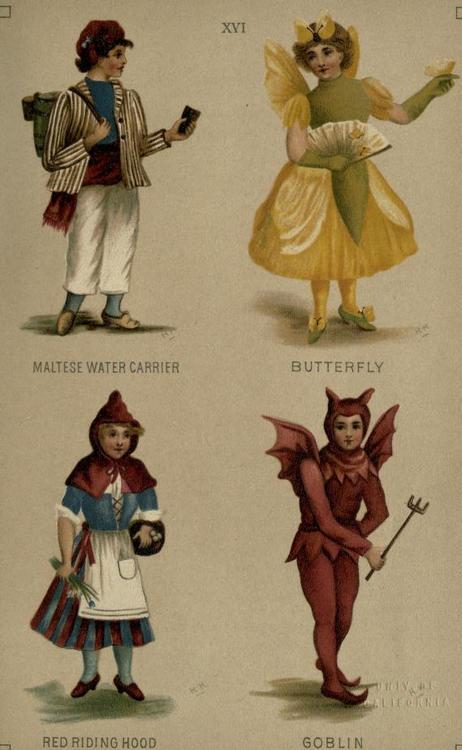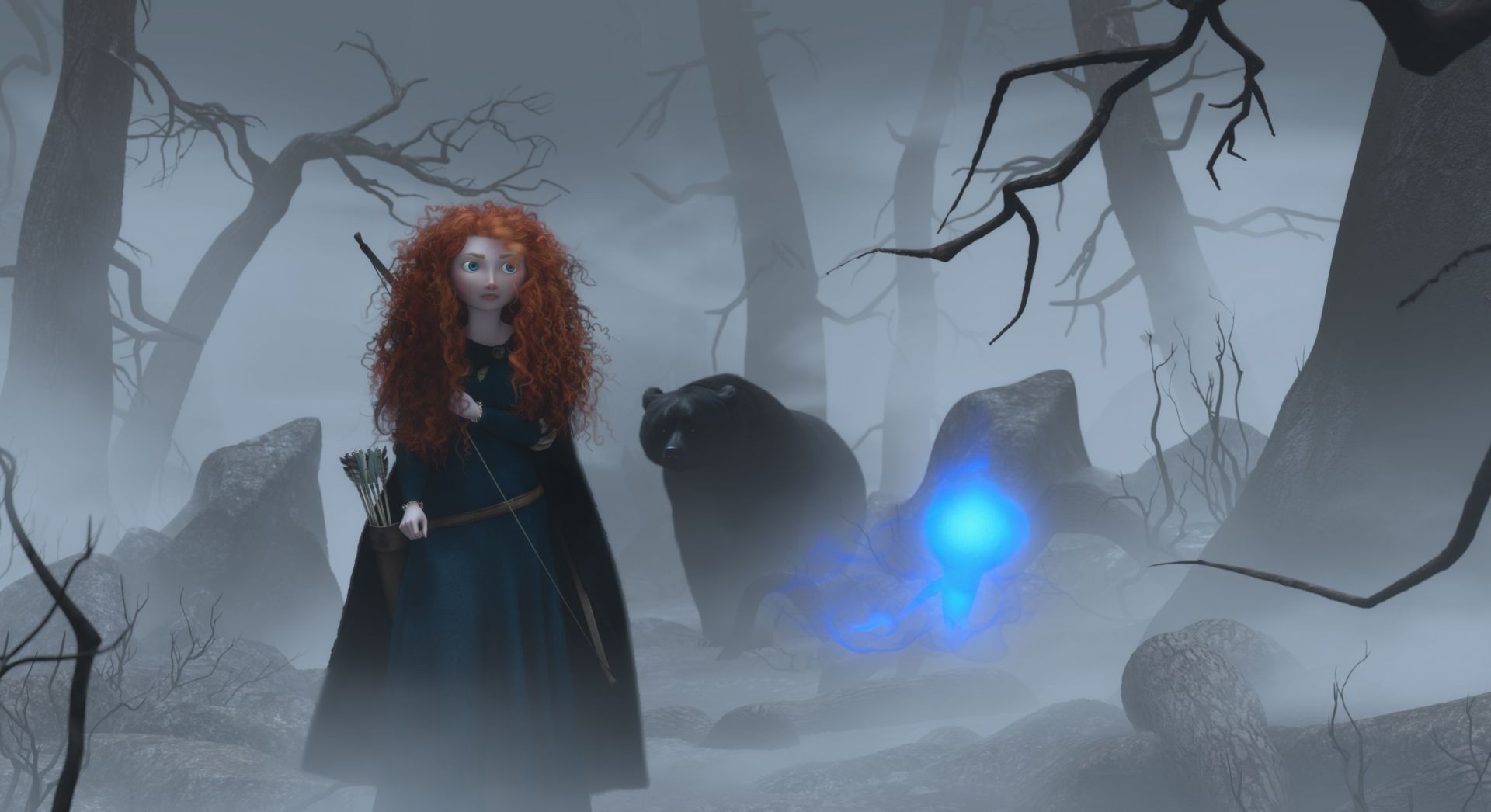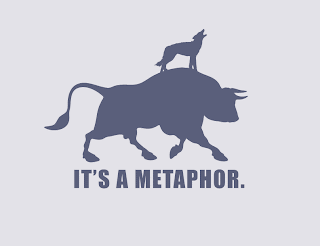Hasbro invited McKenna and her family to its Pawtucket, R.I., headquarters to meet with its Easy-Bake team, and on Monday, they drove to Rhode Island from New Jersey. During the meeting, Hasbro executives showed off a prototype of their newest Easy-Bake: one that's black, silver and blue.
Hasbro has been working on the new color scheme and design for about 18 months, and decided to invite McKenna to see it and offer her thoughts, said John Frascotti, Hasbro's chief marketing officer.
McKenna said the company is doing everything she asked, including putting boys in the ads.
"I think that they really met most or even all of what I wanted them to do, and they really amazed me," she said, adding that Gavyn thought the new design was "awesome."Having worked with Hasbro in the past, I'm not actually surprised, they always struck me as a fairly savvy bunch and were always responsive to questions of gender in the narrative work we developed together. They were sensible people who were largely concerned with gender representation and worked where they could to respond in my experience, but there's a large challenge ahead for toys, which has been painted into a pink and blue corner by years of narrow decisions and dictates from retail outlets about what sells where and how. But it is changing, and like so many things here at the end of 2012 we really just have to remain patiently vocal as change is implemented over time, one product at a time.
This Fast Company article asks some questions, the primary one being "Is it the toy industry's responsibility to change the way we look at gender?"
"If marketers continue to promote traditional gender-stereotyped toys, because we know that marketing is a part of socialization, it will continue to perpetuate stereotypes," said Carol Auster, professor of sociology at Franklin & Marshall College and co-author of a study on toy marketing.Countered by Mattel's:
"We're really a consumer-driven company and we're an insight-driven company. We adapt to changing preferences," said Michael Shore, Mattel VP-global consumer insights. "There is no agenda as an angle, other than what our consumers want from our products and brands and how best to meet those needs."A lot of these changes are generational, as Millenials and more explicitly tolerant generations take positions in the adult world, many frustrations (like for example the over-pinkening of girls toys) will become less and less appealing. In response to Fast Company's question, my answer is
It is everyone's responsibility to do better and improve the world
around them in any way they can at any time.
This is true whether it's toys or movies, walking on the street or surfing the Internet. If you have the ability to make a change, even one as simple as the color of a toy or to give a hungry person food, apathy is sin in itself. If it costs you a minimal amount to make these changes, why wouldn't you? If you have the authority to do so but are using the perception of an unnamed "they who think this way" to excuse how you feel on principle, societal problems will never be changed.
If you can do a small thing to improve the state of the world,
how is it NOT your responsibility to act?
In other improvements in the world at large, Europe has released a follow up to it's disastrous "Science, It's a Girl Thing."
Remember that? Not to say that it didn't interest a few girls, it certainly caused some profound outrage. But now they've tried again, with a LOT of input.
A bit focused on the imbalances with men still, which is a problem to some, it sometimes gets me even though there are plenty of facts to back those points up. But it was chosen from a contest to find a better outreach idea that stemmed from the kerfluffle. The top choices are here, you should check them out.
If you look here in the States, STEM is encouraging some pretty awesome initiatives, including STEM Mentoring, and Game Mentoring which I approve of most heartily. not to forget the 1.2 Million Dollars Google dropped on the Geena Davis Institute this month to futher their work on a strong balance of gender in characters in media. If I hadn't grown up in a household with a wildly impressive scientist for a mother, I have no idea where I'd be.
Good news, there are more and more ways emerging to simplify the process of doing small, wonderful things to improve the state of gender stereotypes. Every time we point out or alter something that seems small, we're doing work that improves the situation for everyone.















